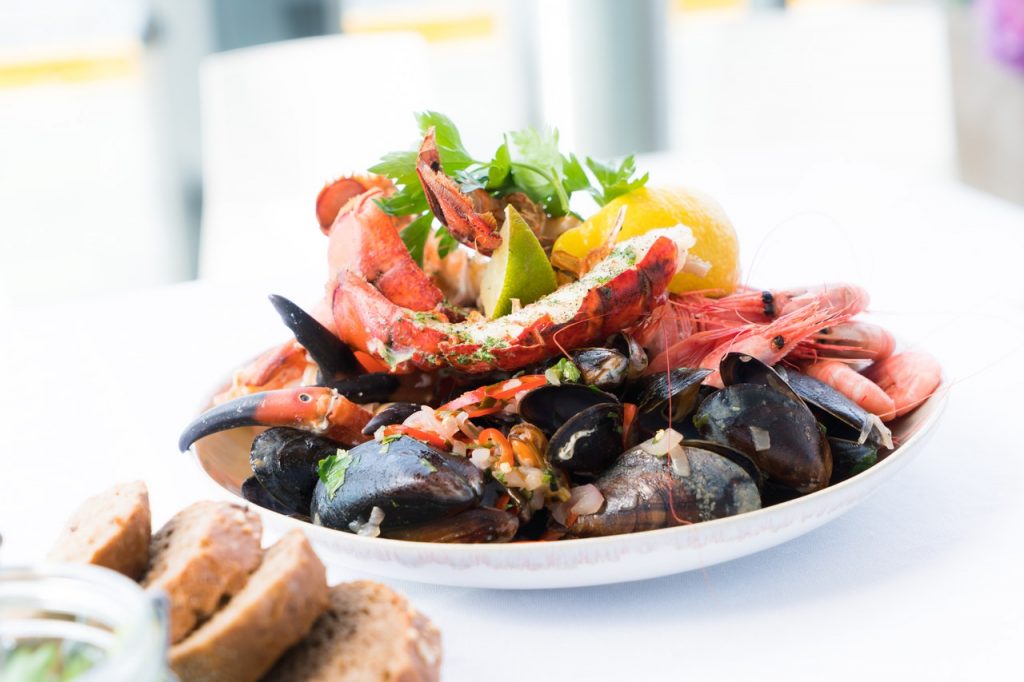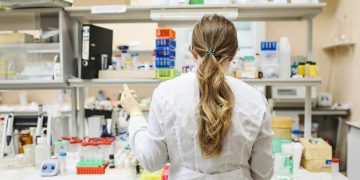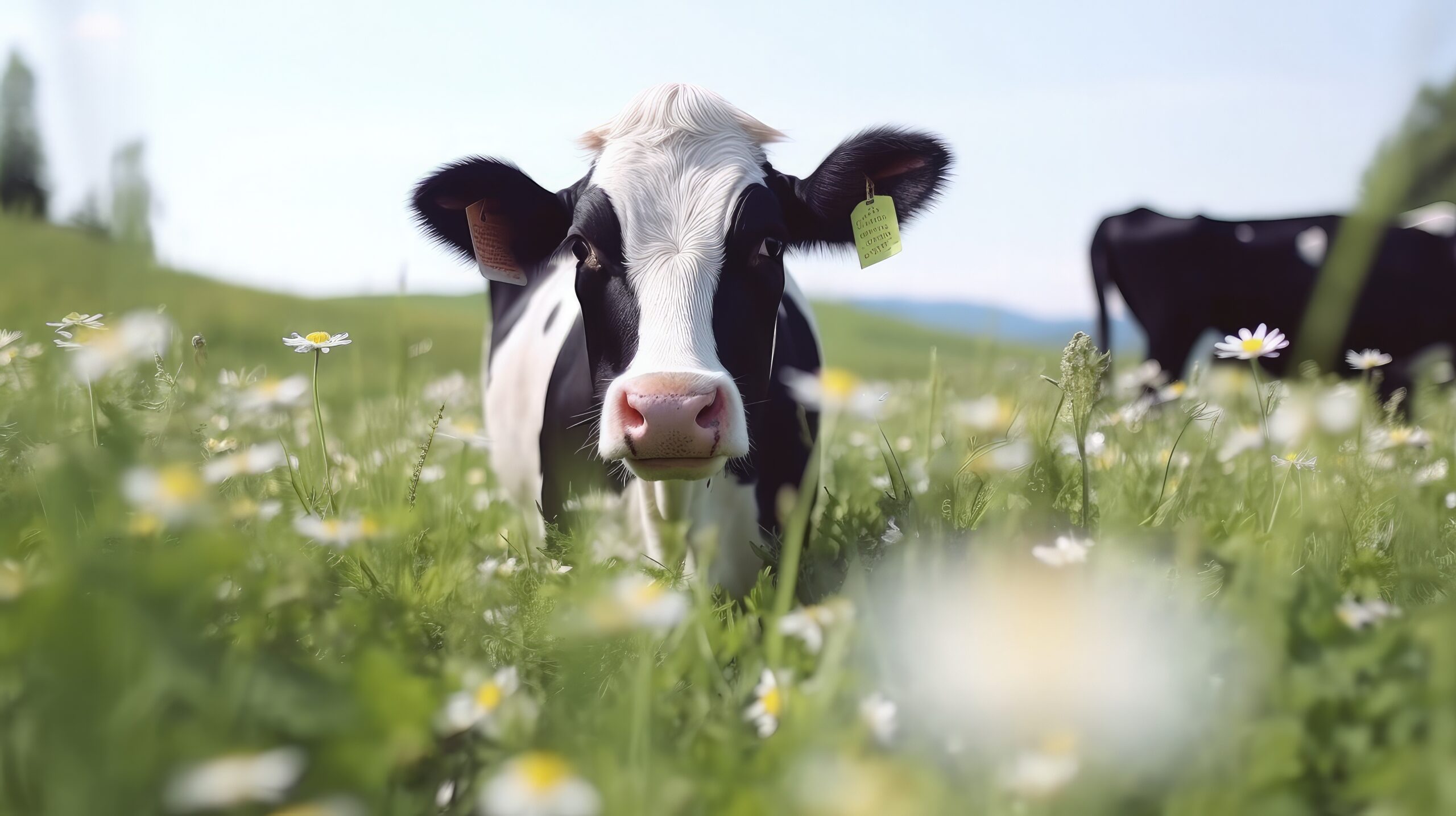22 Nov 2022 — Researchers are developing the unique aroma of salmon using plants to support the development of alternative sustainable seafood products.
The work, led by Dr. Rosenvald, head of protein research, sensomics, and meat alternative development at Estonia’s Center of Food and Fermentation Technologies (TFTAK). The research aims to help address Europe’s dependence on imported seafood and meet the growing demand without harming marine ecosystems.

Dr. Rosenvald’s team will take samples of salmon and unpick the fish’s complex scent “molecule by molecule.”
Salmon’s distinctive aroma
They will then identify which of these chemicals are associated with the distinctive aroma before creating a series of scent profiles – working with a panel of sensory experts who will decide which most closely resembles the mouth-watering smell of salmon hitting the pan.
As these molecules can be produced from naturally occurring fatty acids, the team will use this information to recreate the aroma using oils extracted from plants, algae and microbes.
The result will be an ingredient that food producers can add to plant-based or cultivated fish, making these sustainable options smell and taste more authentic, according to Rosenvald.
The findings will also be made available to startups and established food companies – many of which already use these fatty acids – providing insights into how they can adapt their existing manufacturing processes to produce similar aromas.

“We’re going to work through the hundreds of molecules that make up the aroma and hope to break this down to the 10 or 20 that are most crucial to the smell of salmon,” says Rosenvald.
“A lot of the alternative seafood products currently on the market need improving. To create more sustainable seafood, we must make products that taste and smell like the products people are familiar with.”
Global seafood demand rises
Wild Atlantic salmon stocks have dropped to the lowest levels on record and are nearing crisis proportions, the latest stock assessment by the Environment Agency (EA) recently reported.
Europe imports three times more seafood than it produces and nearly half of EU marine habitats are now assessed as endangered or near threatened, mainly due to pollution, fishing and aquaculture.
Global demand for seafood is expected to increase by 5% over this decade. Aquaculture is only likely to keep pace in 17 countries, with 800 million people at risk of malnutrition if the local catch continues to decline.

Furthermore, fish populations are in a far worse state than previously estimated, according to the Minderoo Foundation’s Global Fishing Index, the most extensive independent assessment of global fish stocks to date. The report finds that a tenth of fish stocks globally are now on the brink of collapse, reduced to just 10% of their original size.
Plant-based and cultivated seafood can help satisfy growing demand – but manufacturers often struggle to mimic the flavors of conventional seafood. Recent examples in the space include tomato-based tuna sushi and “ocean-free” cultured oysters.
Overcoming challenges in seafood sourcing
The Good Food Institute (GFI), an international NGO working to advance new ways of making meat, seafood and dairy, invited researchers to find ways of overcoming this challenge in its 2022 Competitive Grants program.
Rosenvalt was one of eight European scientists and 21 globally who received funding from the program, which supports innovative open-access research to develop sustainable proteins.

“Consumers worldwide are seeking more sustainable options, but they don’t want to compromise on taste. This project will help deliver the familiar salmon flavor and aroma people crave without causing more damage to our fragile marine ecosystems,” says Seren Kell, science and technology manager at GFI Europe.
“Industrial fishing and aquaculture deplete species, pollute ecosystems and destroy important habitats. Plant-based and cultivated seafood can help turn the tide, enabling us to meet growing demand without harming our oceans – but we urgently need companies and governments to invest in innovative research to make these products more appealing.”















